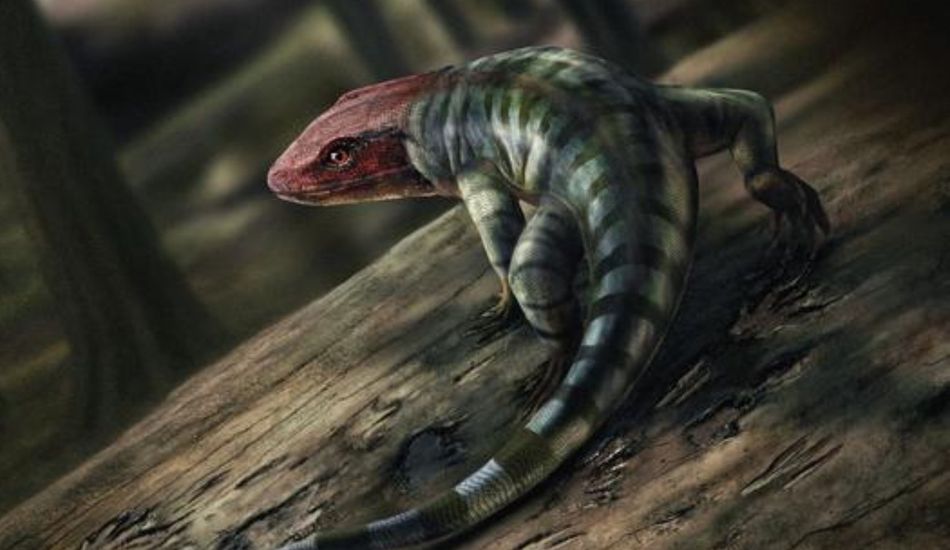
Ancient Footprints Reshape Tetrapod Evolution
The traditional understanding of tetrapod evolution—the emergence of four-limbed vertebrates—has undergone a significant revision thanks to a remarkable discovery in southeastern Australia. A relatively small sandstone slab, unearthed by amateur paleontologists, contains 355-million-year-old footprints exhibiting distinct claw marks. This find pushes back the timeline of clawed tetrapods considerably.
Unexpected Claws and Evolutionary Implications
The presence of claws is pivotal. Claws are a defining characteristic of early amniotes – the group encompassing reptiles, birds, and mammals. Their absence in other tetrapods, such as early amphibians and "fishapods" like Tiktaalik, highlights the significance of this discovery. The Australian tracks suggest the existence of a primitive reptile far earlier than previously anticipated.
This discovery directly challenges the established view that Tiktaalik and similar creatures were direct tetrapod ancestors. Analysis suggests these "fishapods" were contemporaneous with, or even later than, the emergence of the amniote lineage. The appearance of reptiles, and consequently the evolutionary path leading to humans, is now pushed back by an estimated 35 million years.
Redefining the Evolutionary Tree
By integrating genetic data with fossil evidence, researchers have significantly revised the evolutionary timeline. The split between amniotes and amphibians appears to have occurred much earlier than previously believed, placing the origin of the amniote lineage in the Devonian period – the same period as Tiktaalik. This implies the co-existence of advanced tetrapods and fish-like transitional forms.
Currently, this Australian fossil slab represents the only known tetrapod fossil record from the early Carboniferous period of Gondwana. Further research, particularly the discovery of additional footprints or even body fossils, is crucial to expand our understanding of early amniote life on this ancient supercontinent. The potential for future discoveries in Australia and other regions holds immense promise.
Source: Gizmodo